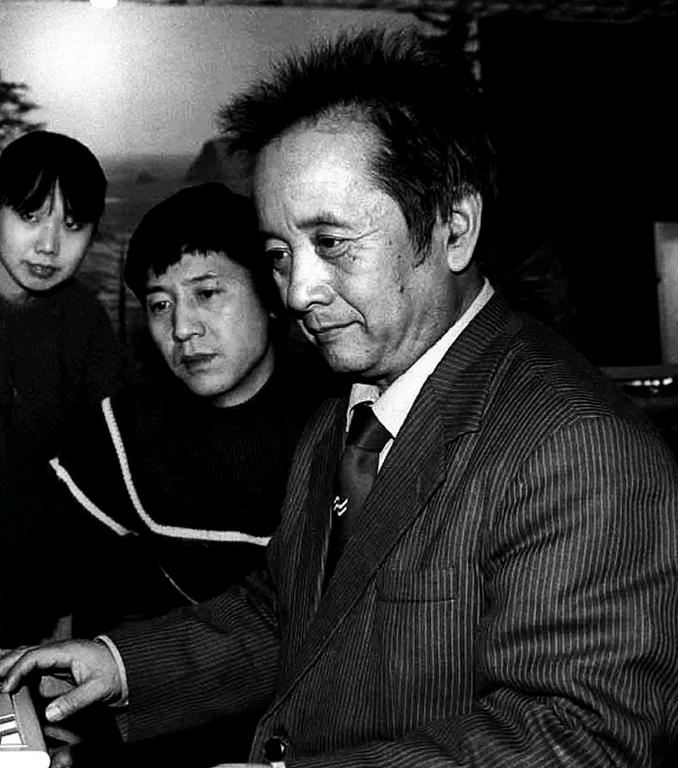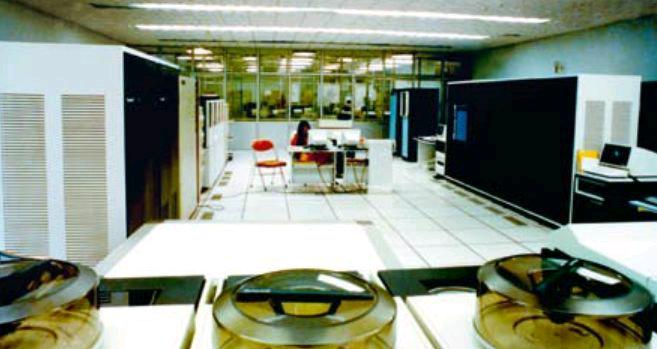Adolescent 80s:Chaos to Clarity
2014-09-11byWangQi
by+Wang+Qi
In the winter of 1982, a “war” between Chen Chunxian and his boss, Guan Weiyan, heralded a new chapter in Zhongguancuns history.
Inspired by a visit to Silicon Valley in the United States, Chen Chunxian, then manager of No.1 Office of the Institute of Physics under the Chinese Academy of Sciences (CAS), established a company in Zhongguancun called Advanced Technology Service Studio on October 25, 1980. The studio offered part-time work to scientists and college teachers to earn extra income by providing technological consulting services. Guan Weiyan, then director of the Institute of Physics, accused Chen of “seeking personal gains and disturbing the order of scientific research.” In March 1982, he launched an investigation into Chens company, which continued until the end of the year.
Eventually, Chen emerged victorious when Xinhua News Agency published a report praising him for his entrepreneurship, which won the pioneer recognition from top Chinese leaders. Chen was dubbed a Zhongguancun hero, while criticism shifted to his antagonist, Guan.
The feud marked a turning point in the history of Zhongguancun. Since then, scientists and engineers have found new avenues to maximize their value other than“scaling the peaks of scientific research.”
Undoubtedly, the first group of entrepreneurs in Zhongguancun were adorers of Silicon Valley. However, they didnt start business the same way Silicon Valley entrepreneurs did. In 1984, the first generation of Zhongguancun entrepreneurs all reached the same conclusion: Tremendous demand for electronic computers would create a promising market. Thus, they swarmed the market as quickly as possible.
Technological and commercial innovation remain the two primary tones of the development of Zhongguancun. In its early years as an electronics hub, Zhongguancun played a role as a pioneer of business innovation, rather than a leader in the technological revolution. Chens technology service studio was quickly absorbed into the Huaxia Company. Despite the fact that he gained fame for the development and transfer of new technology, Chens company was essentially a trading firm. Drivers peddling flatbed bicycle carts of computers down the streets of Zhongguancun were likely scientists or engineers from CAS just starting business. Many scooped up their “first bucket of gold” as dealers of foreign personal computer brands.
In the second half of the 1980s, a new business mode combining technology and commerce began to sprout in Zhongguancun. Ni Guangnan, a scientist from CAS Institute of Computing Technology, joined Legend Group, the predecessor of Lenovo, with the LX-80 Chinese character card that he developed. In 1987, Legend Group sold 6,500 sets of such Chinese character cards which earned revenues of more than 73 million yuan, making it a leading Zhongguancun enterprise. Wang Jizhi, a founder of Stone Group, joined hands with Yan Yuanchao, the developer of the first Chinese-language operating system, CCDOS, to incorporate Chinese input with a Japanese-developed electronic typewriter to create the MS2400 typewriter, which became Zhongguancuns bestselling product of 1987. A laser phototypesetting system for Chinese characters, invented by Professor Wang Xuan from Peking University, helped the countrys newspaper industry shift from moveable type printing to laser phototypesetting.
Such successes inspired more people to plunge into electronics. By 1985, farmers markets, grocery stores, hardware shops, and even public bathrooms along Baiyi Road in Zhongguancun were evolving into vendors of either computers or computer parts. Baiyi Road and two adjacent streets formed a huge F-shaped neighborhood that was later named Zhongguancun Electronics Street. According to official statistics released years later, at that time, the area attracted 45 companies including Stone, Xintong, Kehai, and Jinghai – four iconic companies founded by scientists from CAS. But, some researchers estimate that the actual number of Zhongguancun enterprises surpassed 200 at the time.
Before 1988, many electronics companies in Zhongguancun hovered between legal and illegal business. Morality and even law gave way to desires for economic returns. For this reason, Zhongguancun earned notoriety as a “street full of crooks.”At the same time, however, it became a paradise for adventurers who sought dreams with unprecedented courage and bright ideas. During the period, investigations by authorities were commonplace in Zhongguancun. After years of development, Zhongguancun drew attention from the Chinese central government. In 1988, Beijing High-Technology Industry Development Experimental Zone was established there, heralding another new era for Zhongguancun.
